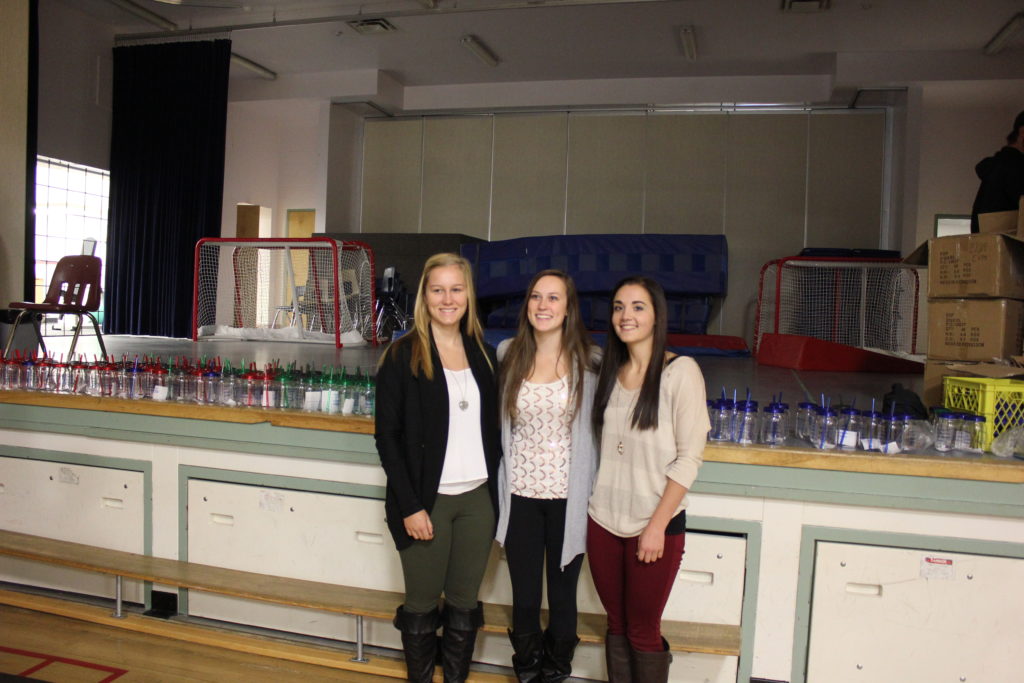 2016, Daysland, Alberta, Canada
2016, Daysland, Alberta, Canada
Bria Kroetch, Brooke Hochausen, and Alarie Guhle from Daysland Alberta were tired of seeing kids fill up a glass of water to take one sip, then pour the rest down the drain.
After learning about their Battle River Watershed and the regions limited supply of fresh water, the girls decided to try to save drinking water, one cup at a time. They designed a “thirst measurement cup” to help kids make the connection between their thirst, and how much they should fill their cup.
These three girls did a presentation on watersheds and conserving water to all 250+ students in 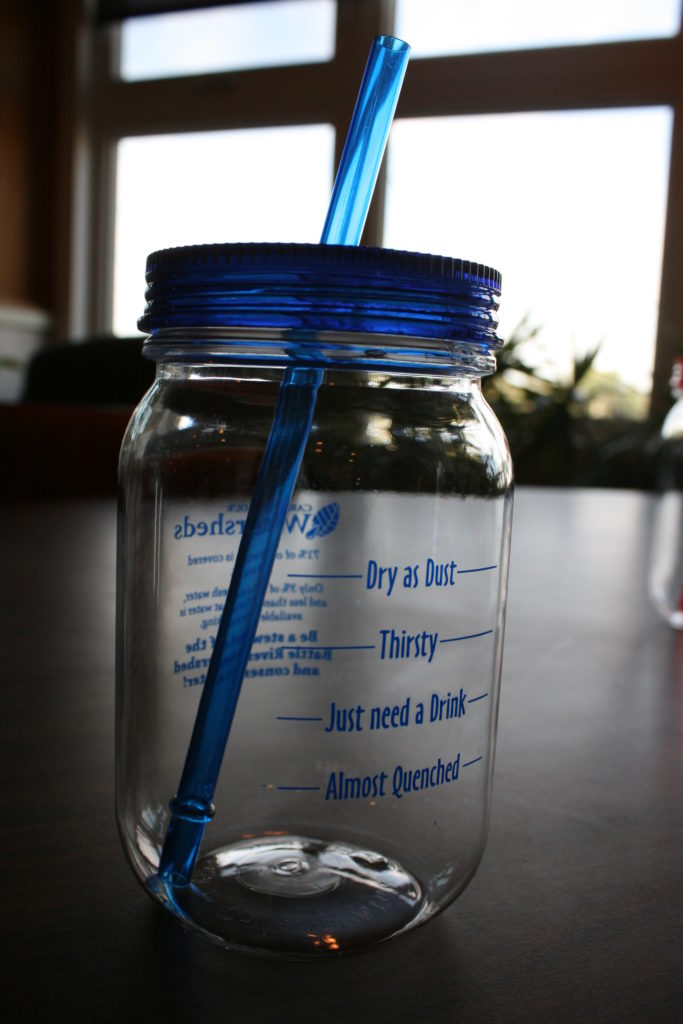 their school. After the presentation, they handed out the cups to all students in grades 1-6.
their school. After the presentation, they handed out the cups to all students in grades 1-6.
The cup will not only help students save water on a daily basis, but also embed a habit of water conservation. The goal went beyond saving just the water in the cup, it was also to get students thinking about how they use water, and how they can conserve it. Homes and the school in Daysland should now be seeing lots of water being saved, in the cup and beyond!
The cup has 4 measurement lines indicating “Almost Quenched”, “Just need a drink”, “Thirsty”, and “Dry as Dust”.
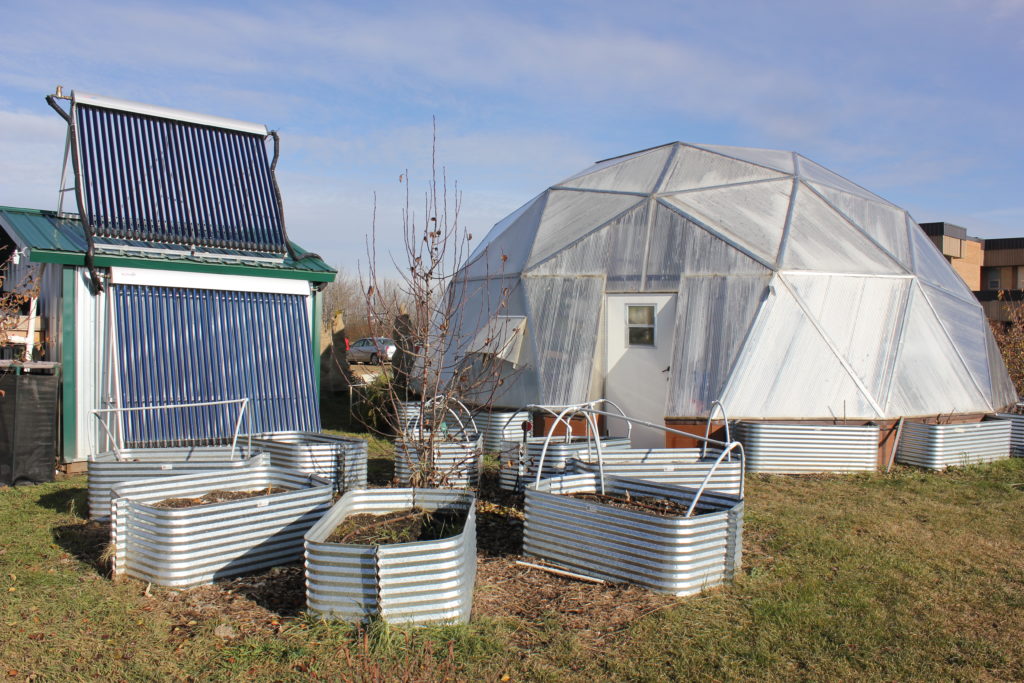
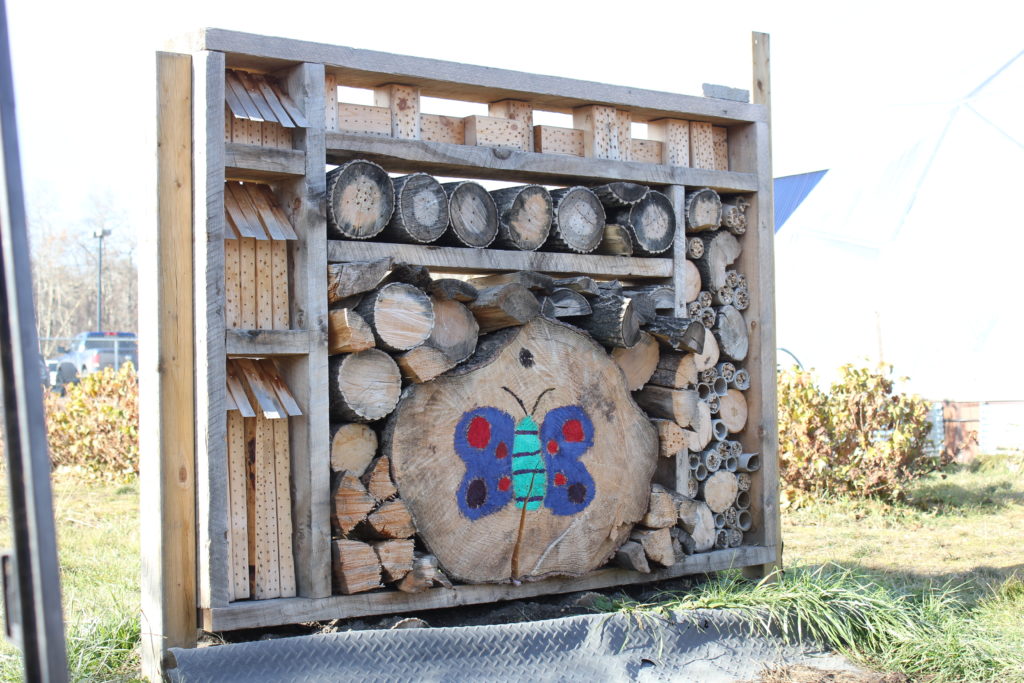 challenges by installing a drip irrigation system in their gardens. The irrigation tube (shown left) is dug into the soil to water the plant’s roots while minimizing the rate of evaporation. The system could also be set on a timer to water regullary, with options to delay watering if there is significant rainfall.
challenges by installing a drip irrigation system in their gardens. The irrigation tube (shown left) is dug into the soil to water the plant’s roots while minimizing the rate of evaporation. The system could also be set on a timer to water regullary, with options to delay watering if there is significant rainfall.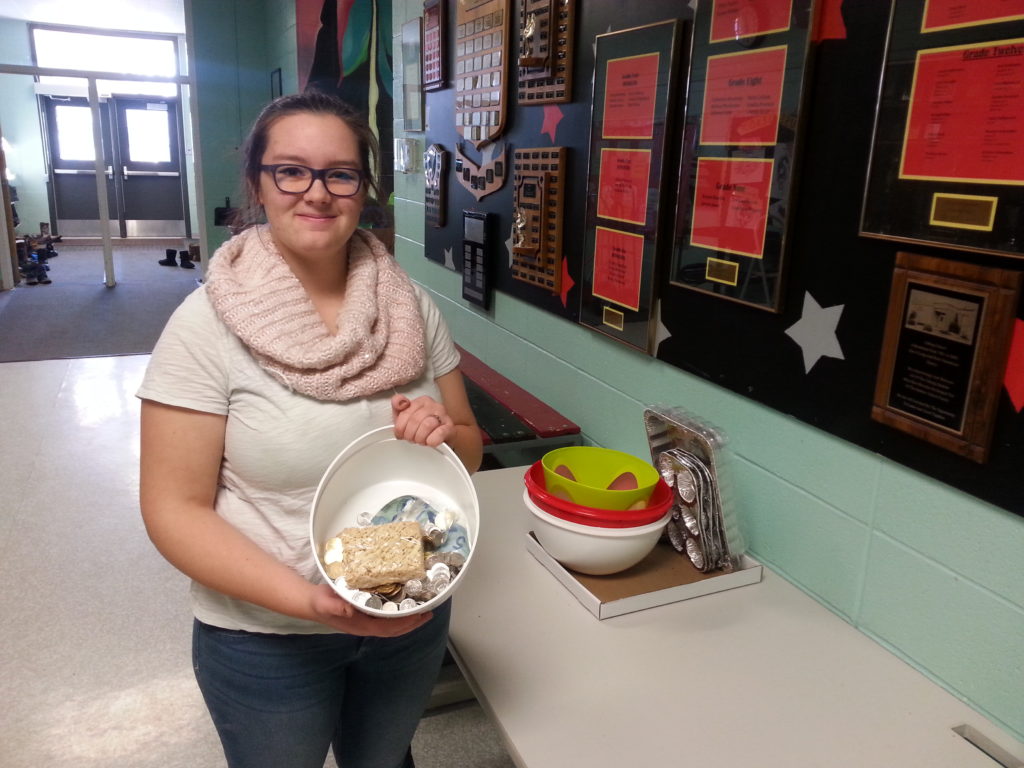 help protect her watershed by protecting wetlands. She learned that wetlands are important habitat for lots of animals, help improve water quality, and help store water for dry times.
help protect her watershed by protecting wetlands. She learned that wetlands are important habitat for lots of animals, help improve water quality, and help store water for dry times.
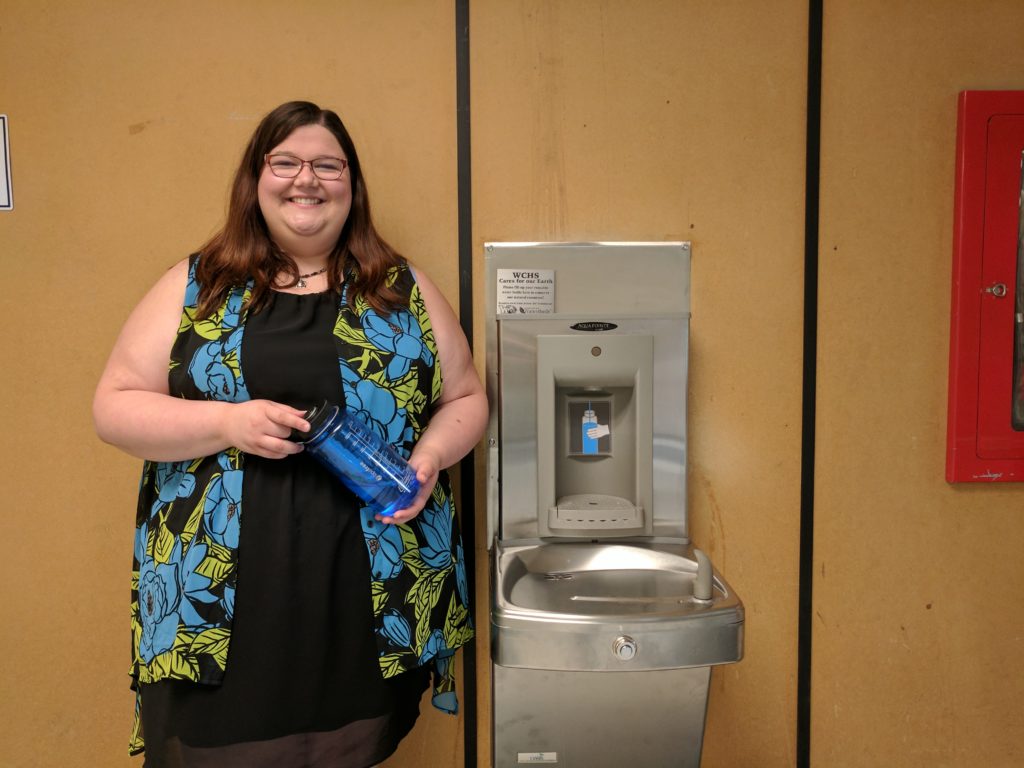
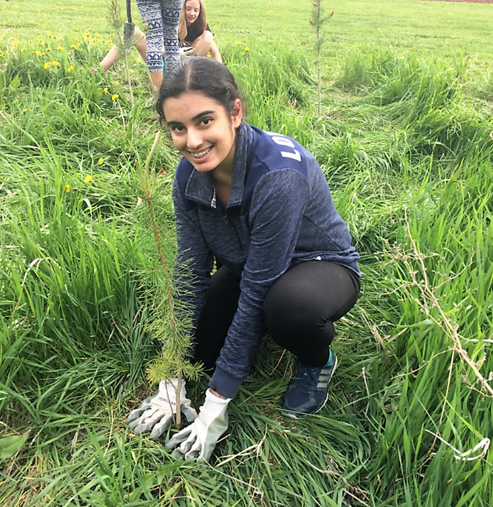 Watersheds program, and the third time she was in the final competition.
Watersheds program, and the third time she was in the final competition.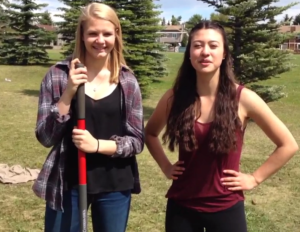
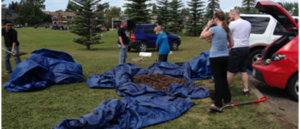
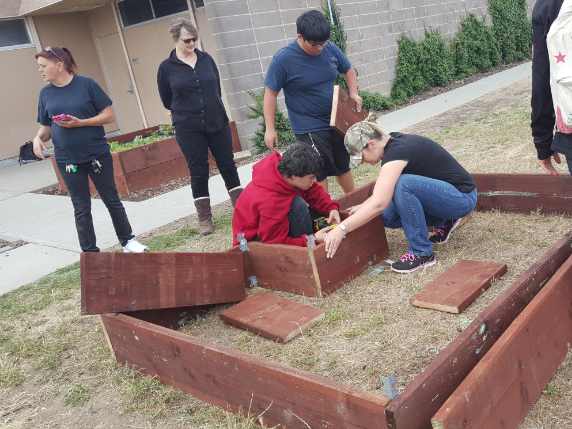
 new tree in the area, protecting it with a planter wall, and reseeding the remaining bare areas. The plantings would stabilize the bare soil and reduce sediment delivery to nearby waterways. Of course, the tree planting would also provide shade to the kids playing in the yard at recess and outdoor learning activities. Sandra organized special teams of kindergartners and their 6th grade “buddies” to help with site preparation and planting. After the planting, she organized “work parties” with school parents to build the planter wall and finish the remaining work. Nutrien project funding helped to buy supplies, soil, plants, and seeds for the project, which will benefit both the environment and the school community for generations to come.
new tree in the area, protecting it with a planter wall, and reseeding the remaining bare areas. The plantings would stabilize the bare soil and reduce sediment delivery to nearby waterways. Of course, the tree planting would also provide shade to the kids playing in the yard at recess and outdoor learning activities. Sandra organized special teams of kindergartners and their 6th grade “buddies” to help with site preparation and planting. After the planting, she organized “work parties” with school parents to build the planter wall and finish the remaining work. Nutrien project funding helped to buy supplies, soil, plants, and seeds for the project, which will benefit both the environment and the school community for generations to come. in the 2016 CFOW contest, with their project “St. James Outdoor Classroom”.
in the 2016 CFOW contest, with their project “St. James Outdoor Classroom”. There have been picnic tables, garbage cans and recycling bins installed in the natural learning area, with plans to expand and continue to develop the area with additional natural features in the future. Research has shown that teaching outdoors makes educators more confident and enthusiastic about their work, and more innovative in their teaching strategies. By extension, schools benefit from the leadership and influence of their teachers who take students outside. Studies indicate that students that are given the opportunity to learn in a natural setting often score higher on tests, experience less anxiety and have more confidence.
There have been picnic tables, garbage cans and recycling bins installed in the natural learning area, with plans to expand and continue to develop the area with additional natural features in the future. Research has shown that teaching outdoors makes educators more confident and enthusiastic about their work, and more innovative in their teaching strategies. By extension, schools benefit from the leadership and influence of their teachers who take students outside. Studies indicate that students that are given the opportunity to learn in a natural setting often score higher on tests, experience less anxiety and have more confidence. “Microplastics, Macroproblem”. Madeline was concerned about the amount of microbeads and microplastics in consumer products and the impact this is having on our watershed.
“Microplastics, Macroproblem”. Madeline was concerned about the amount of microbeads and microplastics in consumer products and the impact this is having on our watershed.